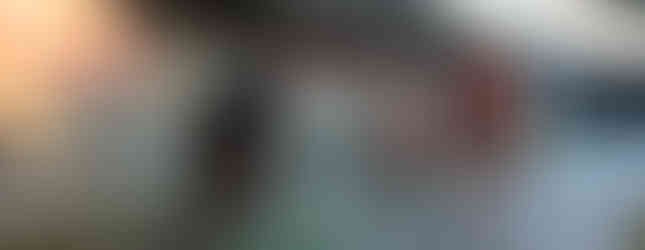In late January, I purchased a used Olympus EM-1 Mark II mirrorless camera. I had been using a nice point-and-shoot camera (Canon G9X) and a Panasonic bridge camera for photography. After a few months using the Olympus, I was excited to bring the camera with us on our first big trip since COVID– a few days in Prague followed by a cruise on the Danube with stops in Vienna and Budapest.
One skill I tried to work on during the trip was street photography. While this is probably possible in a place like Glens Falls, the quantity and diversity of people in a large European city like Prague put me on an accelerated learning curve when it comes to taking candid pictures of people in the urban environment.
My primary lens for much of the trip was the M.Zuiko 14-42mm F3.5-5.6 EZ lens (purchased used from MPB.com). Coupled with a slick auto open lens cap, this very compact lens made my camera feel like a point-and-shoot but with all the tactile controls I love about the EM-1 Mark II. The lens also doesn't scream "photographer!" which made me feel less self-conscious when pointing the camera at people. The 14mm focal length (28mm equivalent in 35mm) was what I used most for street photography because the wide field of view gave me the best chance of capturing something interesting when there was no time to compose the frame. The modest focal range available to me allowed me to also use the lens for architectural and landscape photography without switching lenses.
Some settings I experimented with included:
1/350 shutter speed (or faster) and f8: I needed a relatively fast shutter speed to make up for my movement and the movement of subjects. I went faster when I could. I know that the f8 aperture is a standard starting point for street photography because it allows for a decent slice of the scene to be in focus.
Manual focus (pre-set): The camera lets me pre-set a manual focus distance that becomes the default when the camera is placed in this mode. When used with a somewhat forgiving f8 aperture, I eventually adapted to the distance that I would need to be from subjects to get a focused image. I did get many good shots with C-AF but occasionally the camera would fail to focus on the subject that I hoped it would.

ISO bracketing: The bright summer sun and narrow, shaded European city streets made it tough to find a suitable ISO that would work in all situations and I really didn't want to be constantly fiddling with my camera (at least not more than I already was). With ISO bracketing, the camera takes three shots with one above and one below the selected ISO. A downside of this setting is that it cluttered up my camera with lots of repetitive images. I've since been relying more on auto ISO (with defined limits) and I've been happy with the images I've gotten. In the future, I'd probably try this instead of ISO bracketing.

Sequential low with silent shutter: This setting captures about 10 frames per second, increasing my chance of catching an interesting shot when I noticed an interesting subject and/or background. The silent shutter made me feel less conspicuous.

I often wore a small backpack with a sternum strap when we were exploring a city. I rested my camera on the strap with my finger on the shutter as we walked around. Here are a few favorites:

























Comments